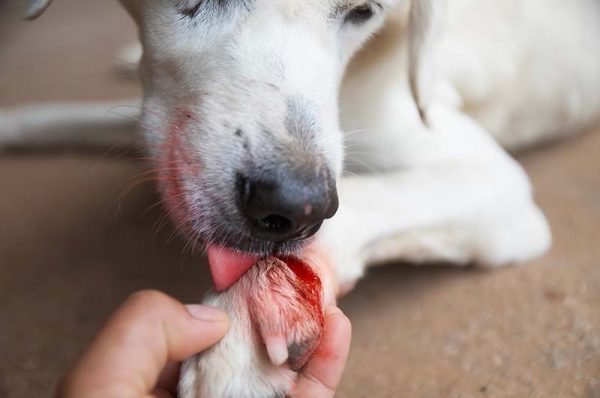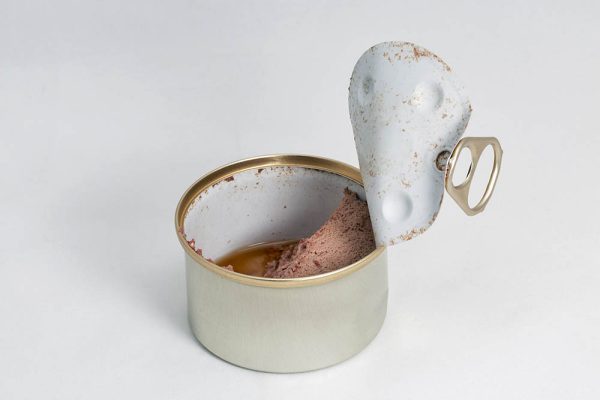In this article
Review Summary

The use of pulsed electromagnetic field (PEMF) technology isn’t new. Scientists have researched its efficacy for humans long before getting around to using it on pets. The premise of the Assisi Loop for dogs is that PEMF can stimulate the immune system to relieve pain and speed healing. One of the main selling points is that it’s non-invasive and decreases or eliminates the use of pain meds.
The product delivers 15-minute sessions of pulsed activity to accomplish this goal. It’s easy to use, and pets seem to tolerate it since it’s non-invasive. Assisi Animal Health differs from many dubious companies selling other too-good-to-be-true products with its peer-reviewed published research supporting the loop’s use. Sadly, the evidence is inconsistent and not robust. Nevertheless, many positive reviews and outcomes exist.

Assisi Loop – A Quick Look
- Some efficacy with various conditions
- Non-invasive
- Easy to use
- No side effects
- Expensive
- Non-rechargeable battery
Specifications
| Brand name: | Assisi Animal Health (Zomedica) |
| Model: | 2.0 |
| Length: | 3.9 inches (10 centimeters) and 7.9 inches (20 centimeters) |
| Treatments: | Minimum of 150 15-minute sessions |
| Technology: | Pulsed electromagnetic field (PEMF) |
| Special Features: | Auto shut-off |
| Weight: | 6.4 ounces |
| First Available: | June 2023 |
Pain Relief
Assisi’s main claim to fame is its purported pain relief properties. One study offered as support for the product involved its use in dogs with intervertebral disc disease (IVDD).1 While treatment with the Assisi Loop yielded some positive results, the sample size wasn’t statistically significant, with only 15 animals. The data between the treatment and control groups wasn’t very different.
The one parameter that showed differences was proprioception or awareness of body position. Unfortunately, the figures are biased, given the varying degrees of IVDD severity between the two groups. Perhaps user experiences will reveal another conclusion. The researchers concluded that some pain relief was evident. However, a larger sample size could provide more meaningful and conclusive data. But again, overall, the reviews seem to be pretty positive.

Wound Healing
The second study Assisi touts as proof of the product’s use involved the owner’s assessment of their dogs’ wound healing. However, this information wasn’t collected until 6 weeks after surgery. We’d be surprised if there wasn’t any healing after even a couple of weeks, making this data unremarkable. Interestingly, the differences between the treatment and control groups weren’t significantly different.
However, pet owners reported less frequent medication use in the treatment group, showing some wound healing. Improvement took a while, but the outcomes were promising. While the sample size was larger than the previous study, the scientists also cited the need for larger study groups.
Other Applications
The Assisi website touts the product’s use for osteoarthritis and bone injuries, with the claims of speeding healing and relieving pain. Interestingly, the scientific literature contains other applications for PEMF, including benign prostatic hyperplasia (BPH) and separation anxiety. Other research lent support for spinal cord and cartilage injuries. Many scientists came to similar conclusions.
PEMF technology shows promise, but more studies are needed to support its use for various health conditions. This caution applies to canine and human studies. As is, the pet owners’ testimonies don’t mention immediate pain relief. Perhaps, more research tweaking its use may reveal more meaningful applications.
Ease of Use
The Assisi Loop comes in two sizes: 3.9 inches (10 centimeters) and 7.9 inches (20 centimeters). That may limit its use with larger canines. However, our research into the product’s effectiveness found no mention of pets balking when using the device. Our takeaway is that they tolerated it, even with its unusual sensation. The product has much to offer dog owners with its other benefits like being non-invasive.
However, it is expensive. Owners who reported positive experiences justified the price compared to the cost of vet visits and medication. However, the loop’s battery isn’t rechargeable or replaceable. The company suggests using it 2 to 4 times daily. That means 37 to 75 days. That makes the price more of an issue. It’s worth noting that buyers often cite this factor in the negative reviews.


Frequently Asked Questions (FAQ)
Can the Assisi Loop Totally Replace Pain Meds?
The product supports treatment and can be used with pain medications. You needn’t worry about harmful interactions because it’s non-invasive. We suggest discussing its use with your vet. It may not replace drugs but instead reduce their necessity and frequency.
What Is the Return Policy and Warranty With the Assisi Loop?
This product isn’t returnable or replaceable because of the nature of its use. After all, it is a medical device. However, you can contact customer service if there is a factory defect with the Assisi Loop.
Can You Use the Assisi Loop on Cats?
Yes, you can use it on your feline companion. However, you may find the Assisi LOOP Lounge easier to use with your cat. It lasts longer and can stand in as a comfortable bed for your pet. Nevertheless, we didn’t uncover as much supporting evidence for cats as we did for dogs.


What the Users Say
We researched pet owners’ experiences using the Assisi Loop by reading reviews and forum posts. We found the testimonies polarizing. Some people either noted positive results with glowing reviews or negative experiences with equally disparaging accounts. These reviews fall in line with the current research and its conclusions on the product. We expect the work to continue because of PEMP’s potential benefits.
An analysis of the reviews’ reliability was decent but still mixed. Some individuals mentioned the relaxing effects on their pets. That effect may make it worth a look to see if it can help your animal companion. The battery issue and durability of the build were other negative features from pet owners. The latter raised a red flag for us, particularly for animals that may chew the device to remove it.

Conclusion
Some research supports the efficacy and effectiveness of the Assisi Loop for dogs. Evidence exists for its pain-relieving and wound-healing properties. However, the data is mixed and inconsistent. More research is needed to check out the product’s worth. After all, the device has only been available for about a year, and the reviews seem to mirror the research.
We suggest discussing the Assisi Loop for dogs’ use as part of your pup’s treatment. We found no evidence or reviews suggesting any adverse effects. However, the price is still an issue. We recommend contacting your pet insurance company about coverage to help offset the cost. It’s unlikely to be covered, but you never know until you ask.





















2 Responses
The first time I used the loop on my dog I accidentally left it on for 35 minutes rather than 15 minutes. Could this have caused any harm?
I will definitely use a timer from now on.
Hi Carolyn, thanks for reaching out. I got in touch with Zomedica, who makes the Assisi Loop, and they assured me that your pup is completely safe, as the device is designed to automatically turn off after 15 minutes. I hope this helps and you can rest easy. 🙂